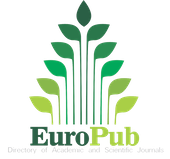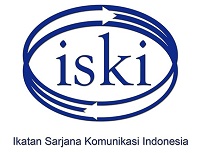Televisi dan Fenomena Kekerasan Perspektif Teori Kultivasi
Abstract
Keywords
Full Text:
PDF (Bahasa Indonesia)References
Amirudin. 2000. Industri Media Dan Wacana Budaya Kekerasan. Jurnal Ikatan Sarjana Komunikasi. Pt Remaja Rosdakarya.
Astuti. S.I. 2004. “Kekerasan Kriminalitas di Televisi.” Pikiran Rakyat Buzan, Tony. 2003. Sepuluh Cara Jadi Orang Yang Cerdas Secara Spiritual. Gramedia.
DeVito, Joseph. 1997. Komunikasi Antar Manusia. Professional Books. Jakarta.
Griffin. EM. 2003. A First Look At Communication Theory. Fifth Edition. The McGraw-Hill Companies, Inc.
Jahi. Amri. 1988. Komunikasi Massa Dan Pembangunan Pedesaan Di Dunia Ketiga. Gramedia. Jakarta
Jennings. Bryant, Dolf Zillmann. 2002. Media Effects Advances In Theory And Research. Second Edition. Lawrence Erlbaum Associates, Publisher.
Littlejohn. S.W. 2005. Theories of Human Communication. Eighth Edition. Belmont CA. Wadsworth.
McQuail. Denis, Sven Windahl. 1993. Communication Models. Second Edition. Longman. London and New York.l
Miller, Katherine. 2002. Communication Theories, Perspektives, Proceses, And Contexts. The McGraw-Hill Companies. Inc.
Mulyana. Deddy. 2004. “Menangkal Dampak Tayangan Kekerasan, Seksual, Dan Mistik TV terhadap Anak Dan Remaja.” Makalah. Unisba.
Rakhmat. Jalaluddin. 1988. Psikologi Komunikasi. Remadja Karya CV.
DOI: https://doi.org/10.29313/mediator.v6i1.1185
Refbacks
- There are currently no refbacks.

This work is licensed under a Creative Commons Attribution 4.0 International License























